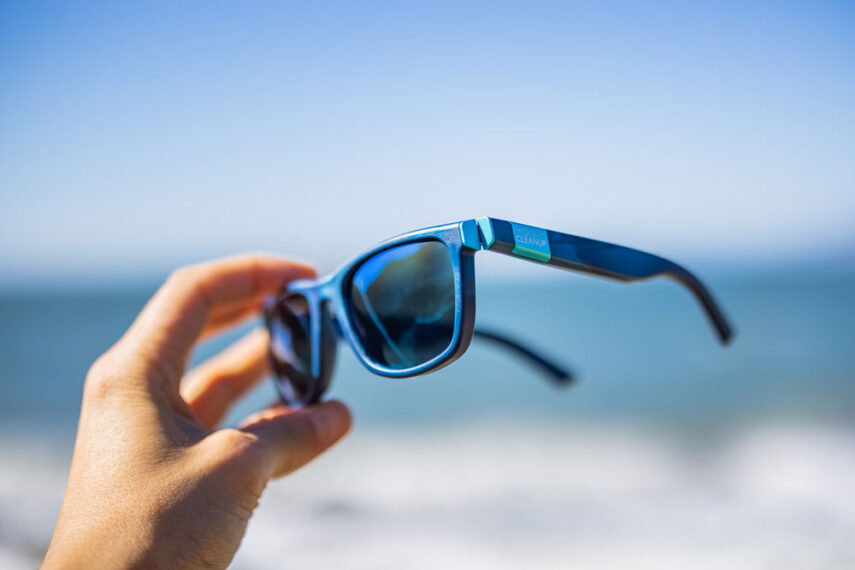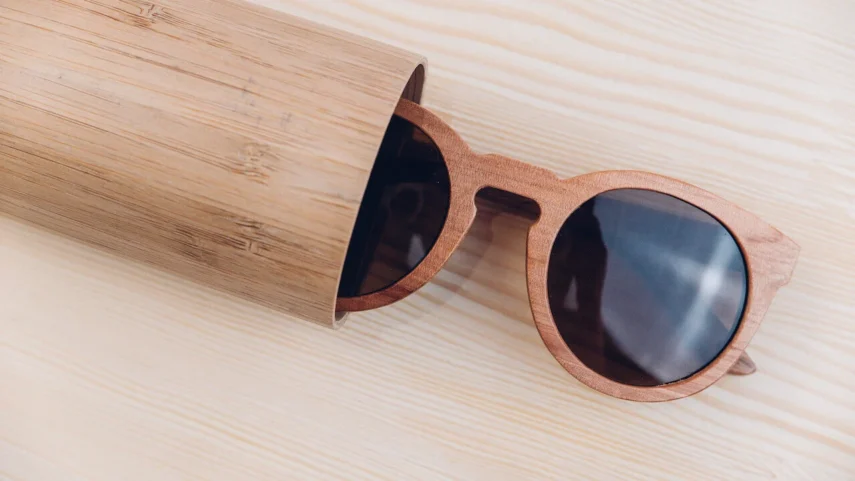For many people, sunglasses are an essential item. They guard against UV beams that harm the eyes and guarantee vision on splendid days. Manageable shades are truly challenging to drop by, particularly in the event that you don’t have the foggiest idea of what to search for while purchasing. Numerous things available utilize plastic materials and tough, however non-practical composites, which end up in landfills and add to the worldwide issue of plastic contamination.
Many of you may assume that sustainability is self-evident, but as the health of our world becomes more prominent, there is strong cause to re-enforce the benefits of choosing more sustainable sunglasses. To be sure, the motivations ‘to pick’ are similarly as material to the more extensive design industry as they are to eyewear, so regardless of whether you’re on the lookout for shades, this will act as a valuable wake up call of our thought process with regards to our purchase conduct and how we’re following against our objectives.
Is it possible to recycle my sunglasses?
There are programs where you may donate good-condition sunglasses to philanthropic causes, giving them a second life to someone in need, but they are generally under-publicized and not as common as we would want. If the glasses are in good shape and the entire set is no longer needed, this is an excellent option.
Broken frames will almost certainly end up in landfills, and as a small item in the big scheme of things, they are frequently thrown away. They can’t be put in the recycling at home, and when they are discovered, they are labeled as recycled sunglasses, producing extra problems for recycling centers when they are put in recycling in the hopes of being recycled. Click here to browse recycled sunglasses.
Sunglasses Made from Recycled Materials
Sustainable eyewear can be made out of three different materials. Each has its own set of benefits, but they all offer an environmentally responsible alternative to plastic.
-
Wood And Metal

A conventional sustainable material is the first option. Wood and metal eyewear are among the options. This sort of eyeglasses can give you a distinct look. Many sunglasses try to imitate the look of wood or metal with less expensive plastics, so if you choose one of these aspects, you’ll be able to flaunt the real thing.
If you choose wood, there is another factor to consider. To guarantee that the wood is supplied sustainably, do some research on the manufacturer. This means that after harvesting, the trees utilized in manufacturing are replaced by other trees. Eco-friendly glasses are constructed from various woods, including maple, teak, and pine. Bamboo is particularly sustainable because it grows quickly and is thus easy to replenish once harvested.
Aluminum, nickel, or stainless steel are used to create metal frames. Metals are extremely recyclable in many cases. For example, stainless steel can be melted and recast multiple times without losing integrity. People who want truly sustainable eyeglasses may find metal appealing due to its quality.
-
Acetate

Because acetate is a cellulosic substance, it is related to rayon viscose. This indicates that the material is semi-synthetic. Acetate is popular among eyewear designers because, unlike injection-molded polymers, it is hypoallergenic. It’s also thermoplastic, which means your optician can heat and bend the frames to fit your face properly.
Unlike normal plastic, cellulose acetate is not melted and injected. Instead, it is layered into huge blocks by the producer. The sunglass designers then cut, shape, and polish this raw material to create the various elements of the frame. It is less brittle as a result of this procedure than petroleum-based plastic.
Despite being classified as plastic, acetate is made from wood and cotton fibers rather than petroleum-based, non-biodegradable synthetics. It also offers other benefits, such as being hypoallergenic, making it an excellent choice for allergic persons to certain materials or chemicals.
-
Recycled Plastic

The third harmless pick for the ecosystem shades is recycled plastic. These things are produced using reused plastic. Producers are saving this non-biodegradable material from landfills and contamination, causing microplastics. Reused plastic shades, when fabricated appropriately, offer a similar toughness and quality as non-reused plastic shades.
Eventually, the material you pick involves individual inclination, yet finding organizations that work with these new materials is the initial move toward significantly impacting you and the planet.
Benefits of Eco-Friendly Sunglasses

-
Sustainable Materials
Many blue light sunglasses are constructed of recycled materials. This is excellent news for those concerned about the environment. You will be aware that the eyewear can be recycled. You don’t have to be concerned about them ending up in a landfill and the materials being wasted.
-
Sleep better
How much sleep are you getting? If you spend most of your day staring at a screen, you may have noticed that your sleep habits have been disrupted and that falling asleep isn’t as easy as it once was. While stress and bad sleeping habits might play a role, blue light exposure can also have an effect on sleep quality. Your sleep habits are disrupted when melatonin production is reduced, so instead of falling asleep, you’re awake and attentive for hours. By purchasing blue light spectacles, you can regain control over your sleeping habits and wake up feeling revitalized.
-
Statement of style
You don’t have to sacrifice style or quality to be environmentally conscious. Eco-friendly eyeglasses and sunglasses are available in practically any design, shape, or color.
-
Long-lasting
If you choose a sustainable brand that uses well-sourced materials, engages with and creates close relationships with suppliers, and gets the greatest raw materials, then you will inevitably reap the benefits of that more deliberate approach — a high-quality, long-lasting product. It entails creating a stronger, longer-lasting frame. We must abandon the mentality of purchasing frames for a season and then discarding them.
Conclusion
Climate change has undoubtedly risen in prominence in recent years, as we have all been compelled to consider the planet’s vulnerability. The fashion business, without question, is a huge contributor to the problem. Brands must step up and offer realistic, long-term solutions that are attractive enough to cause customers to shift their purchasing habits.
If you’re an environmentally conscious shopper, you should do your homework before purchasing sunglasses. You want to purchase some that are excellent for your eyes as well as the environment.







